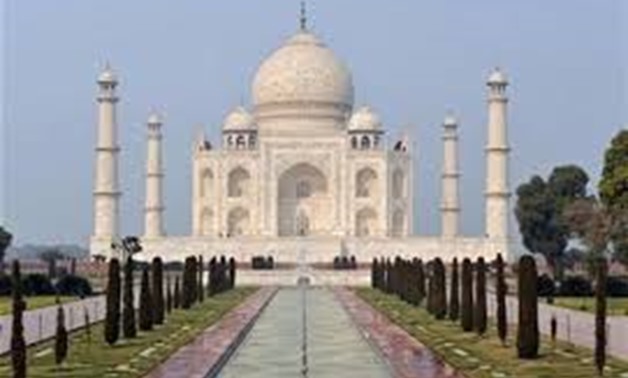
A general view of the Taj Mahal in the city of Agra January 26, 2008. Indian archaeologists have started giving a face-lift to the centuries-old Taj Mahal by applying a mud pack to the marble exteriors of the country's most famous monument. REUTERS
MUMBAI– 19 October 2017: Indian politicians talking down the Taj Mahal fail to grasp the opportunity tourism presents to create jobs, and boost a flagging economy. A lawmaker in Prime Minister Narendra Modi’s Hindu rightwing Bharatiya Janata Party stoked controversy this week by saying “traitors” built the Mughal-era landmark and calling it a blot on the country’s culture. A recent official pamphlet promoting sightseeing in the same state omitted the monument. That plays religious politics with one of India’s most popular visitor attractions.
Travel and tourism is a lifeline to many countries, accounting for one-tenth of global GDP and jobs. India is about on par by these metrics but it has the potential to excel given fantastic temples, forts, and landscapes that range from backwater lagoons to the Himalayan peaks. A recent report by the World Economic Forum notes international arrivals to India amounted to just 9 million in 2016, compared to an average of 31.5 million for similarly sized economies.
Tourists to India on average spend $2,617 – one of the highest figures in the world. If India can fulfill its visitor potential, the upside would be worth as much as $32 billion in additional annual receipts. The WEF reckons that could create at least an additional 1 million jobs directly, and there would be many more supported by the wider industry.
Amitabh Kant, the head of government think-tank NITI Aayog and champion of the “Incredible India” marketing campaign, says tourism is the fastest way to create much-needed employment. That is easy to believe given that money spent by tourists typically circulates many times through the economy, and other job-creating initiatives - like turning India into a global manufacturing hub - will take longer to bear fruit.
Rather than politicians grumbling about history, India’s tourism industry – which depends on cooperation from individual states - needs more support in cutting red tape. Craig Smith, the head of Asia Pacific for Marriott, said earlier this month that it requires around 180 permits and an average of 7 years to build a hotel in India – compared to 2 years in Japan. India is full of other beautiful sights to see but bashing the Taj Mahal is, at essence, a disservice to the premier’s development mantra.

Comments
Leave a Comment